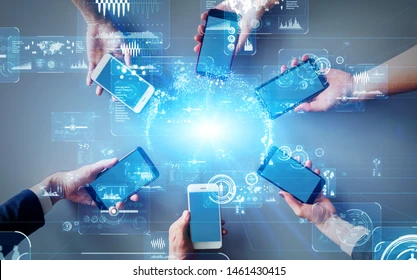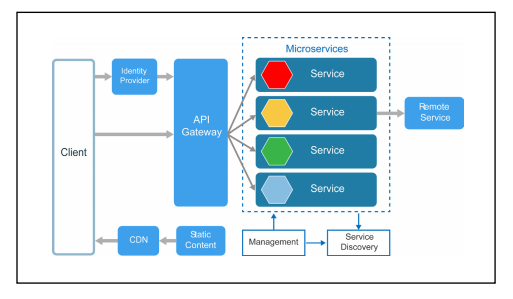Mobile Communication: The Driving Force Behind Instant Global Connectivity
In the past two decades, mobile communication has transformed the way we connect with one another, bridging geographical gaps and creating a world that is more interconnected than ever. With the advent of smartphones, mobile communication has evolved from simple voice calls and text messages to a comprehensive ecosystem that encompasses instant messaging, social media, video calls, and more. This article explores how mobile communication serves as the driving force behind instant global connectivity, reshaping personal interactions, business practices, and societal dynamics.
The Evolution of Mobile Communication
Mobile communication began with basic mobile phones that allowed for voice calls and SMS texting. However, the introduction of smartphones in the late 2000s revolutionized this landscape. Devices equipped with internet connectivity and advanced operating systems transformed phones into multifunctional tools. Applications and services such as WhatsApp, Facebook, and Zoom emerged, enabling users to communicate in real-time, regardless of their location.
Today, mobile communication allows for a diverse range of interactions—from quick text messages to high-definition video calls—providing users with multiple channels to express themselves. This evolution has not only enhanced personal connections but has also facilitated more efficient business communication.
Instant Connectivity Across the Globe
Mobile communication has made it possible for individuals to connect instantly, no matter where they are in the world. A simple text message or a video call can bridge thousands of miles, enabling friends and family to stay in touch, even when separated by continents. Social media platforms amplify this connectivity by allowing users to share experiences, photos, and thoughts in real-time.
For businesses, this instant connectivity means that teams can collaborate effectively, irrespective of their physical locations. Mobile communication tools enable remote work, facilitating meetings, project management, and instant feedback. Companies can engage with clients and customers across the globe, broadening their market reach and fostering international relationships.
Impact on Social Dynamics
The impact of mobile communication extends beyond mere connectivity; it has transformed social dynamics and cultural exchanges. The ability to communicate instantly fosters a sense of community, allowing people to connect over shared interests and experiences, regardless of distance. Online forums, social media groups, and messaging apps facilitate discussions and collaborations that transcend geographical boundaries.
However, the global reach of mobile communication also presents challenges. Issues such as misinformation and digital privacy have surfaced, highlighting the need for responsible communication practices. As mobile platforms continue to grow, it becomes imperative to establish guidelines that ensure respectful and informed interactions.
The Role of Mobile Communication in Crisis Situations
Mobile communication proves to be invaluable in crisis situations, where immediate information dissemination can save lives. During natural disasters or emergencies, mobile networks allow for rapid communication among first responders, government agencies, and affected individuals. Real-time updates via social media can inform communities about safety measures, evacuation routes, and available resources, making it a vital tool for public safety.
Future of Mobile Communication
As technology continues to evolve, the future of mobile communication looks promising. Advancements in 5G technology are set to enhance connectivity even further, enabling faster data transfer, reduced latency, and improved user experiences. The integration of artificial intelligence and augmented reality into mobile platforms will likely create more immersive communication methods, enriching how we connect and collaborate.
Conclusion
Mobile communication is undeniably the driving force behind instant global connectivity. It has transformed how we interact, work, and share experiences, creating a more interconnected world. While challenges remain, the benefits of mobile communication far outweigh the drawbacks, paving the way for more inclusive and efficient interactions. As we move forward, embracing responsible practices and harnessing the power of mobile technology will ensure that we continue to build bridges across cultures and communities, enriching our collective human experience.











Leave a Reply